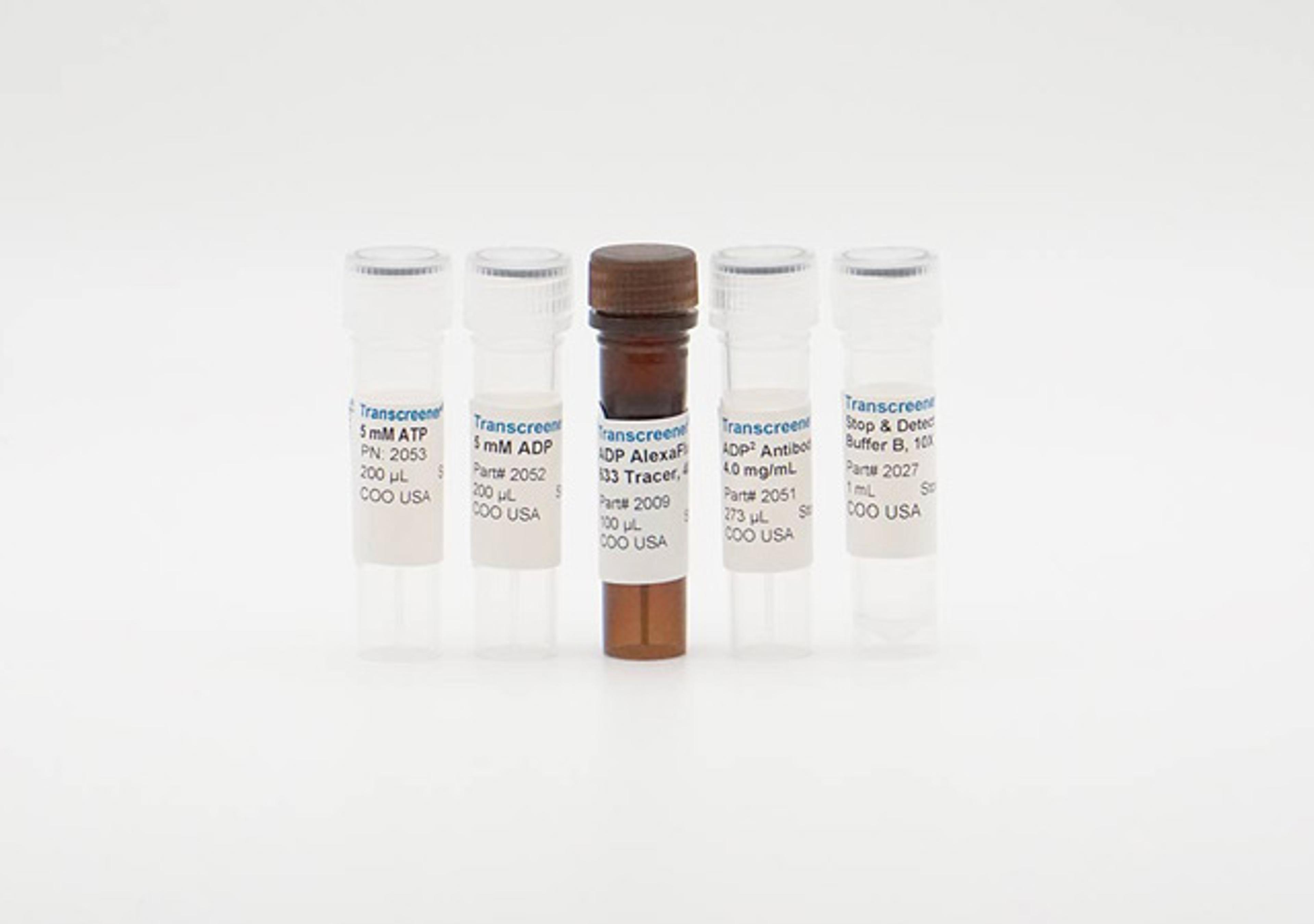Comparison of ADP Detection Methods Used for High Throughput Screening
Comparison of ADP Detection Methods Used for High Throughput Screening
11 Dec 2015ADP detection is an attractive approach for screening kinases and other ATP-utilizing enzymes because it provides a universal platform that can be used for any member of the kinase super family as well as many other ATP-dependent enzymes, regardless of the acceptor substrate. The three ADP detection approaches that have been developed into commercial HTS assay products are 1) direct immunodetection of ADP, which relies on antibodies that selectively recognize ADP in the presence of excess ATP, 2) enzyme-coupled detection, where the ADP is used to drive a cascade of detection enzymes that ultimately produces a fluorescent signal and 3) enzyme-coupled detection, where the residual ATP is first depleted and then ADP is converted to ATP and detected using luciferase. This poster compares the three methods with respect to assay principle, protocol and performance.

